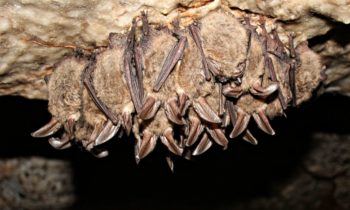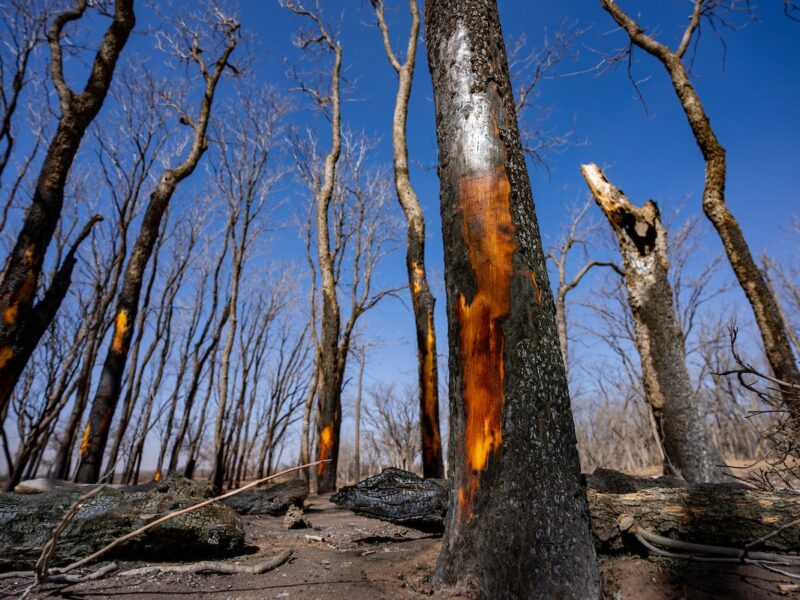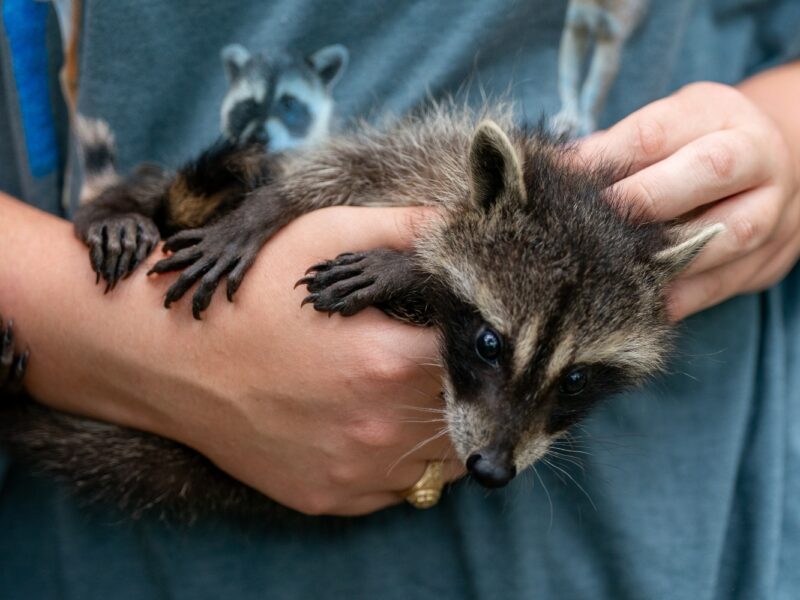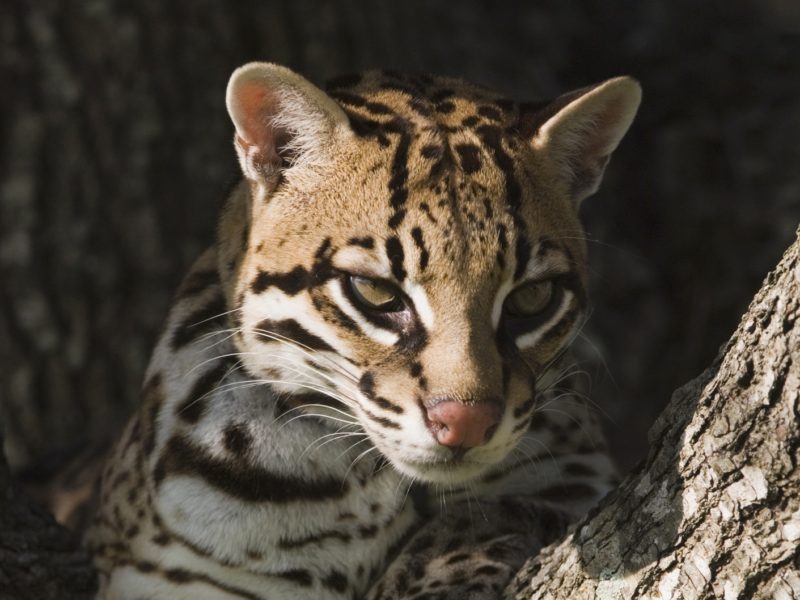Texas A&M Scientist Surveys Bat Species In Abandoned Mines

Bats and hikers in the 1.6-million-acre Mojave National Preserve in southern California are benefitting from an ongoing survey of abandoned mines by a Texas A&M AgriLife Research scientist.
Michael Morrison, professor and Caesar Kleberg Chair in Wildlife Ecology and Conservation for the Department of Rangeland, Wildlife and Fisheries Management at Texas A&M University, started surveying mines in the Mojave Preserve eight years ago. His primary interest has been surveying bat species that use the mines as seasonal shelter.
In addition to the survey, Morrison monitors bat populations at various locations within the preserve as part of his research. Over the years, he also has participated in statewide assessments of Texas bat species and populations and spent time researching bats in other states like New Mexico and Nevada.
“I tell people I spend more time underground than above ground,” he said. “It’s a management mission because these agencies and organizations don’t have the funding or expertise to produce this type of survey.”
Beneficial Partnership
Morrison partnered with the National Park Service (NPS) and Texas A&M Natural Resources Institute (NRI) in a mutually beneficial program that provides research data. It also provides the NPS with information related to thousands of abandoned mines and exploratory holes in the preserve created during the rush for precious metals like silver, gold and iron ore.
Various birds, bats, rodents and other wildlife live in and around the man-made structures, Morrison said. But most of these mines are accessible by the public at their own peril. NPS hopes to balance public access and safety with habitat protection.
“Many of these areas have very little wildlife benefit and are safe for the public,” he said. “They are left alone. My primary focus is locating sites that are used by wildlife during critical seasonal activities like hibernation or breeding and providing surveys that help direct conservation. But I also report potential hazards they might want to look at.”
Morrison surveys mines, mine shafts and exploratory shafts to help the NPS determine whether bats and other wildlife utilize them. These mines and shafts may be sealed or gated based on his surveys and other inspections by the NPS to identify potential safety hazards for preserve visitors.
For instance, if a mine serves no use to wildlife and reveals safety hazards, such as vertical shafts a hiker might fall down, the entrance could be sealed. If site surveys reveal seasonal populations of bats utilize a mine and the shaft contains features that could be dangerous to trekkers, the entrance is blocked with a gate that continues to allow bats and other wildlife to move freely, Morrison said. A mine could also be closed if visitors can access spaces utilized by bats and possibly interrupt seasonal bat activity.
“These are public lands, and the agencies want them to be accessible,” he said. “But the managers have to consider public safety along with the habitat use by wildlife. My surveys help them balance their decisions. But for my research, these surveys and having access to these locations to monitor the various species is invaluable.”
Monitoring, Surveys Critical For Conservation
For years, nonprofits and state and federal agencies have worked with Morrison to monitor how human activity impacts wildlife. His survey data and monitoring tracks species, especially bats, to determine if there is unintentional interference by hikers or from prescribed burn and grazing programs.
The Mojave Preserve alone provides breeding, brooding and hibernation locations for more than a dozen bat species, he said. Around 10-15 species are present depending on the time of the season.
Bat species have preferences when it comes to where they breed, raise young and hibernate, Morrison said. Some prefer to breed in low-elevation areas and hibernate in high-elevation areas, whereas the opposite is true for other species.
But food and water availability are a necessity for animals including bats, he said. Wildlife typically concentrate in and around mines with springs nearby.
The surveys have provided Morrison insights to multi-seasonal data and observations that otherwise would be unavailable. Research has shown bats can live up to 25 years in the wild, and the surveys, along with tagging of adult bats, have allowed him to observe ebbs and flows in numbers within populations. It has also revealed their behavior under year-to-year conditions.
Survey Says
For instance, after nine years observing and surveying the Townsend’s big-eared bat in the White Mountains of eastern California, Morrison saw behavior he’d never observed before.
Typically, the bats cluster together in the spring to have their young. During this time, bats gorge on insects as they recover from hibernation. But spring feeding is especially important for females, which ovulate and fertilize a single egg with sperm they collected during breeding time the previous fall. But this past year, Morrison and other scientists noted many bat colonies did not cluster up.
Scientists observed one commonality in the locations – dry winter conditions and low insect numbers. As Morrison and his peers looked deeper into specific colonies, they found very few females had become pregnant and either did not ovulate or absorbed the embryo, likely due to drought stress. This year, Morrison will be watching to see if an above-average snowpack leads to a population recovery.
“The surveys provide my research some really interesting insights into species dynamics,” he said. “It gives us a pretty accurate count on major colonies, mortality rates among the young and whether the young follow the mother or scatter out within other maternity or hibernation locations. So, seeing something that I’d never seen before really reinforced how important this work is on both the micro and macro level when it comes to conservation.”
This article by Adam Russell originally appeared on AgriLife Today.





